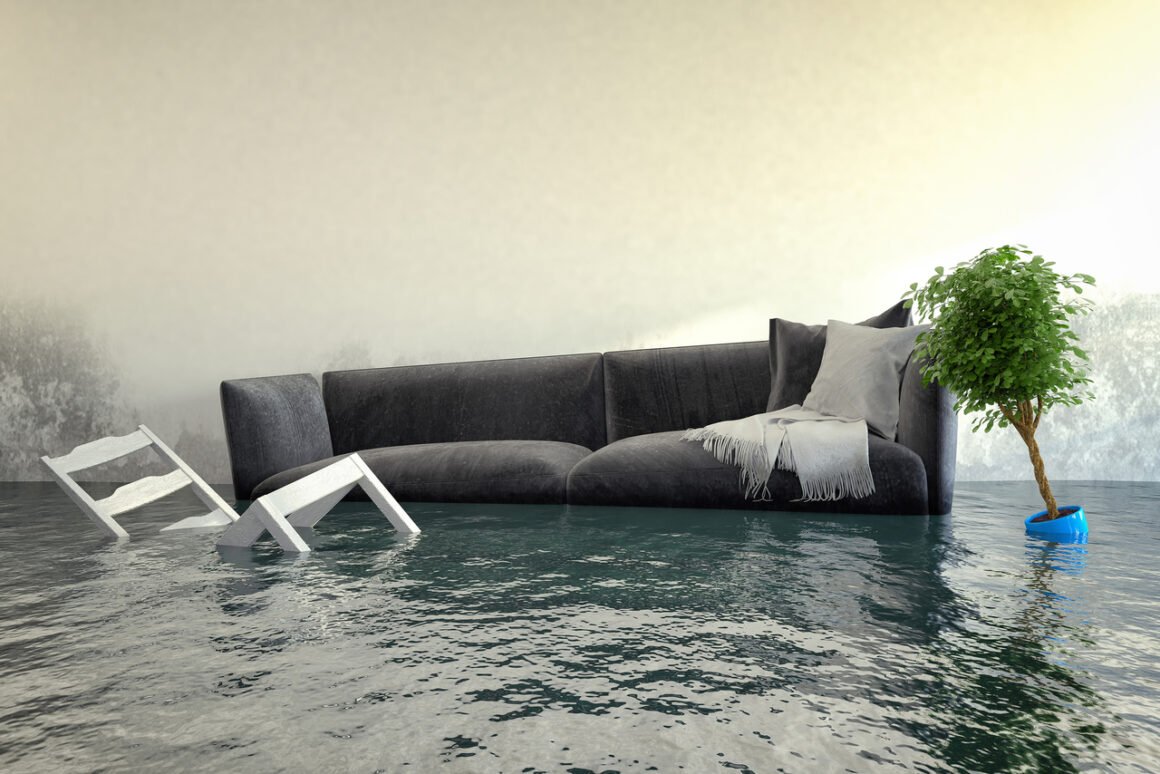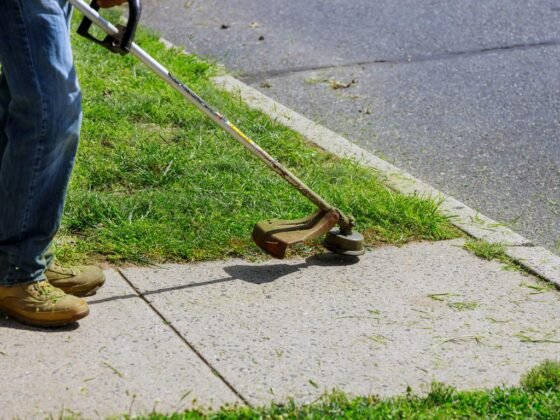Table of Contents Show
Water is everywhere and in many cases, you don’t give it a second thought.
After all, there are main drains and flood drains to eliminate excess water, you can even use rainwater collectors at home to store the water for future use.

However, it’s a different story when you experience flash floods and water is trying to enter your home. That’s when you need to react quickly, the following four steps will help to ensure this doesn’t happen.
1. Install A pump
There are several different types of pumps but submersible ones are generally the best choice, these are also known as mine dewatering pumps.
Submersible means they are designed to work while submerged which means they’ll keep working in heavy rain and floods.
There are two places you need a pimp at home. The first is in your basement, preferably in a pit at the lowest point of the house.
The pump drain must be connected to push water away from the house. A sensor in the pump detects water and tells the pump to start working.
It won’t prevent water from coming in but it will push it out, hopefully preventing damage to your home.
The second location is outside your home where water tends to collect. This will allow you to push the water away before it enters your home. Again, this should be sensor activated.
2. Landscaping
It’s important to take stock of your home and see where the water goes. Your land should be set up to ensure water drains away from your house.
In other words, a slight gradient can ensure the water flows away from your home reducing the likelihood of it coming in.
If this isn’t the case you’re going to need to do some landscaping to make the water flow away from your home.
If you’re not sure how to tackle landscaping and get the right gradients then you should talk to a professional landscaping firm.
They’ll make sure the water flows away from your home and it looks fantastic.
Read Also:
3. Gutters
You should check your gutters and downpipes at least once a year. You’ll want to remove anything that is blocking them as this will prevent the water from flowing away from your home.
Blocked gutters allow water to sit in them and then overflow down the walls of your home. This can allow water ingress which is exactly what you don’t want.
4. Check Your Trees & Shrubs
Trees and shrubs look great in your garden and they help to absorb water from the soil. But, their roots can damage pipes and cause blockages which allows wastewater to back up into your home.
To avoid this you need to maintain your trees and shrubs as well as inspect your pipes regularly.
A pipe inspection camera is a great way to ensure the insides of your pipes are debris-free and will carry the water away properly.
Of course, it doesn’t hurt to have a few sandbags available as a backup, if needed.










